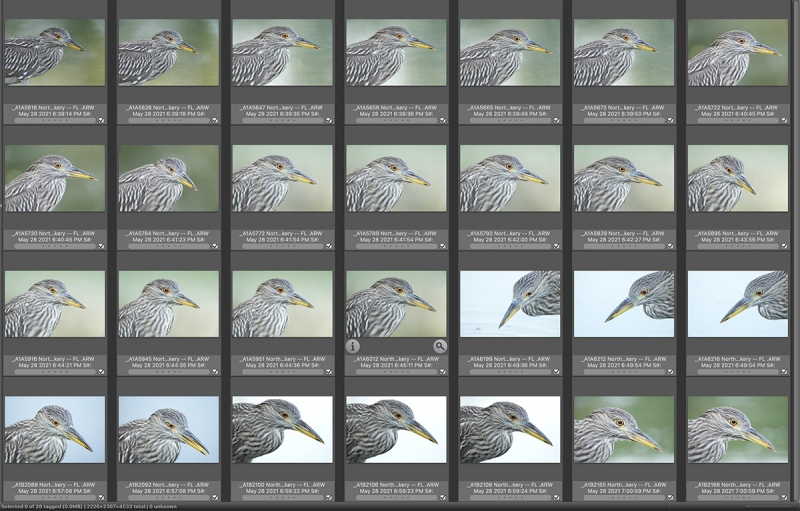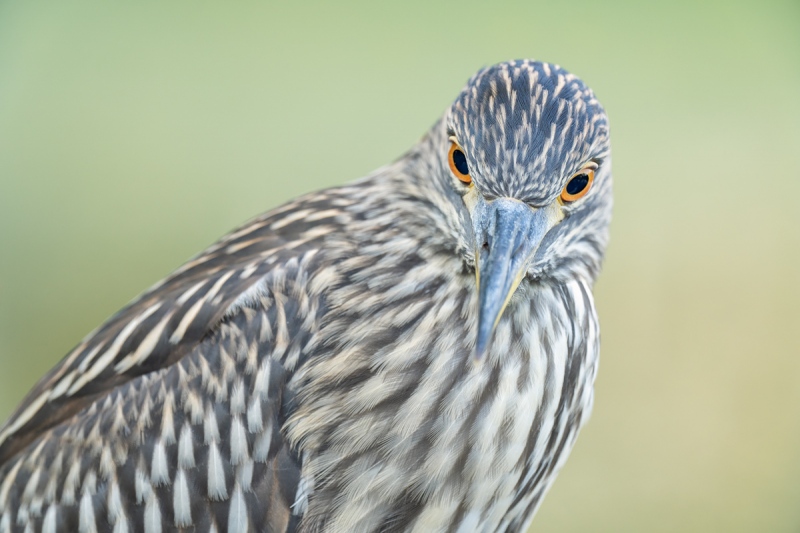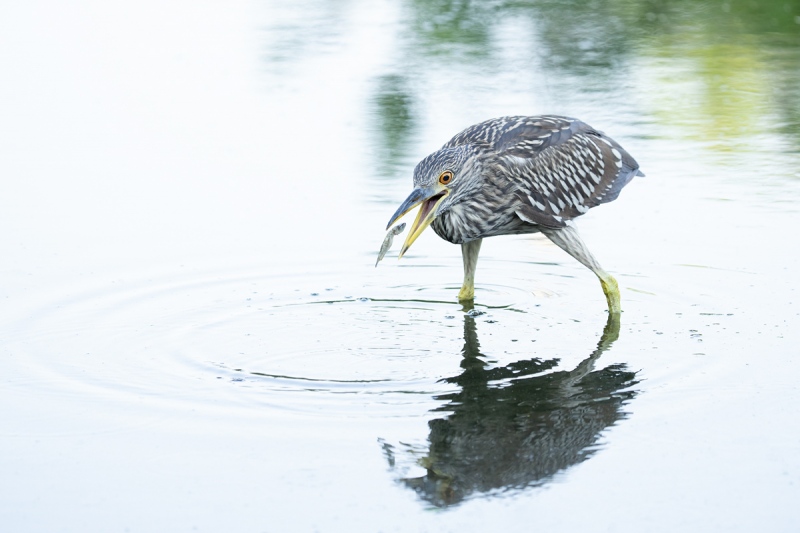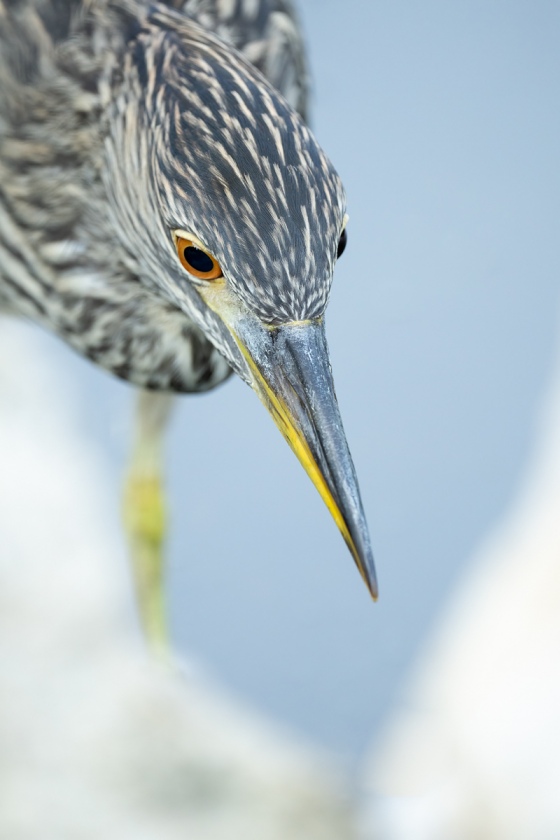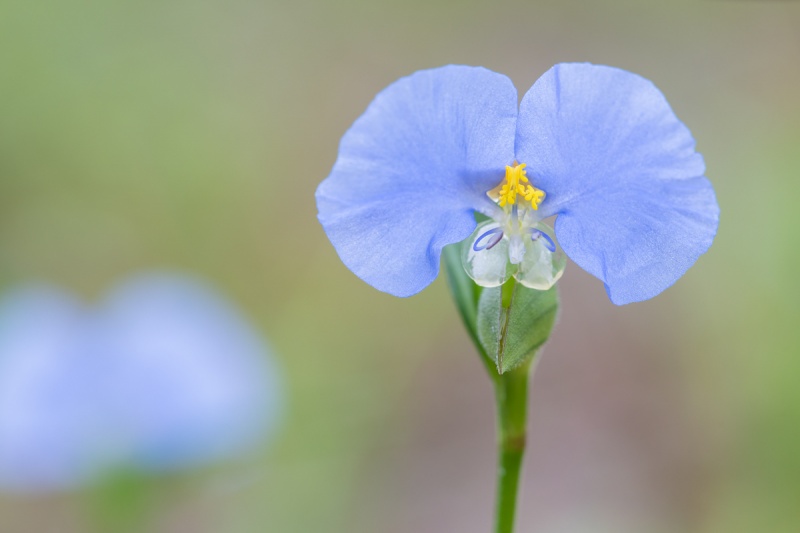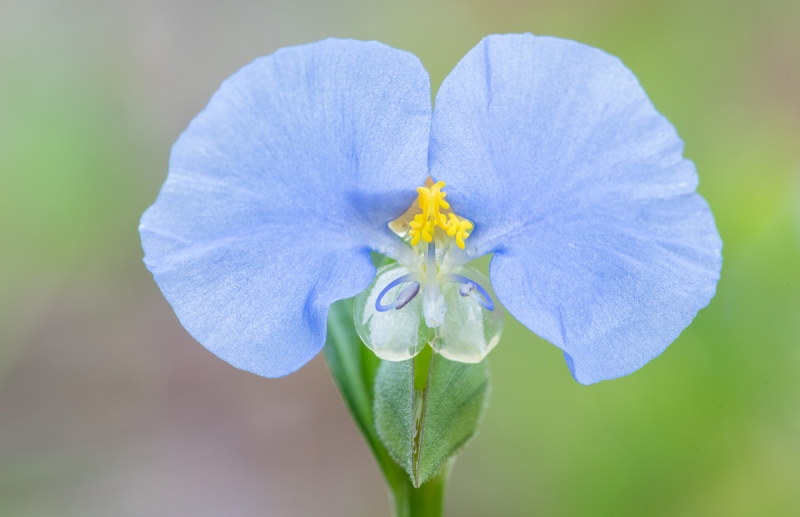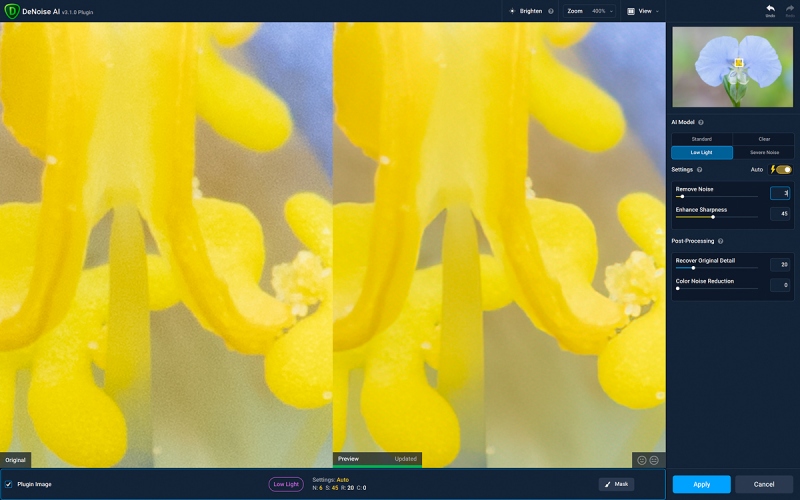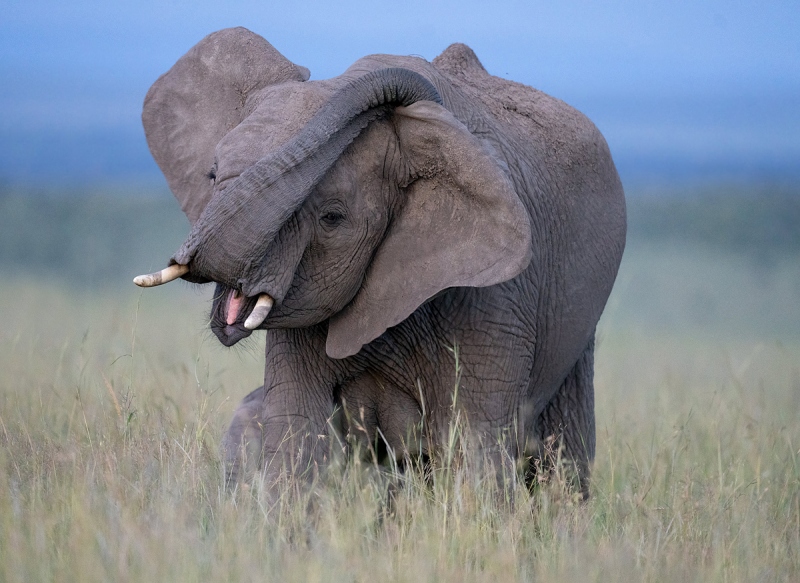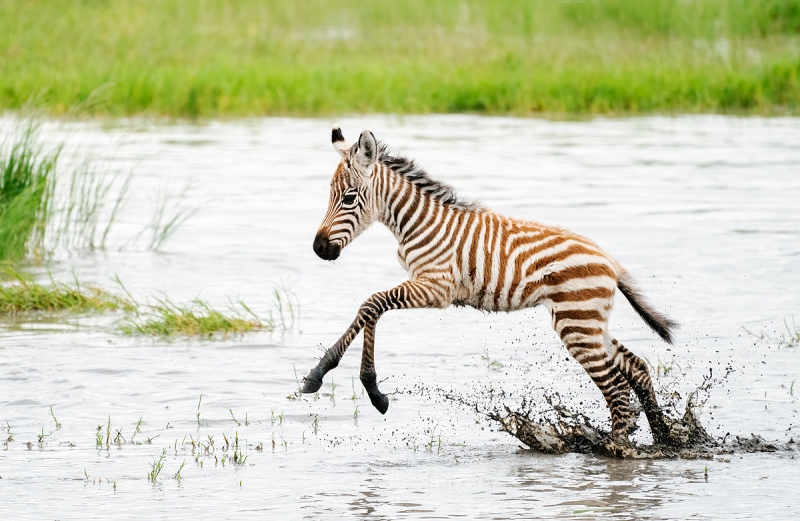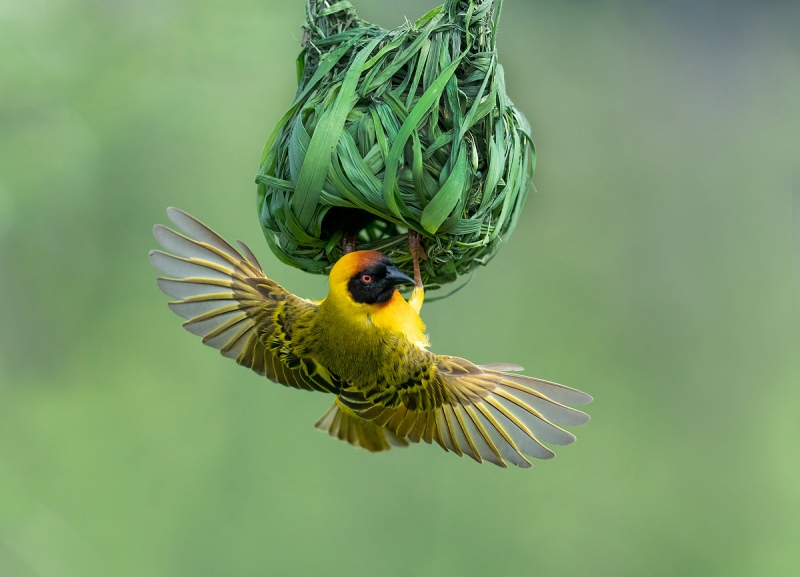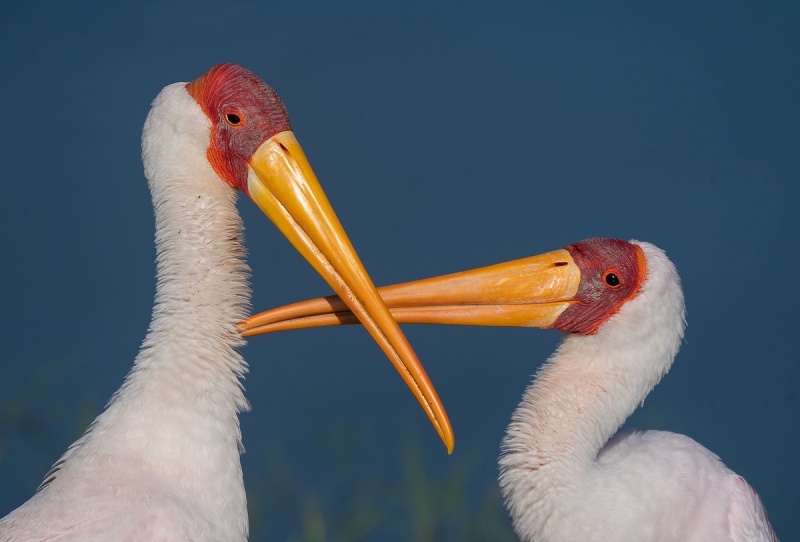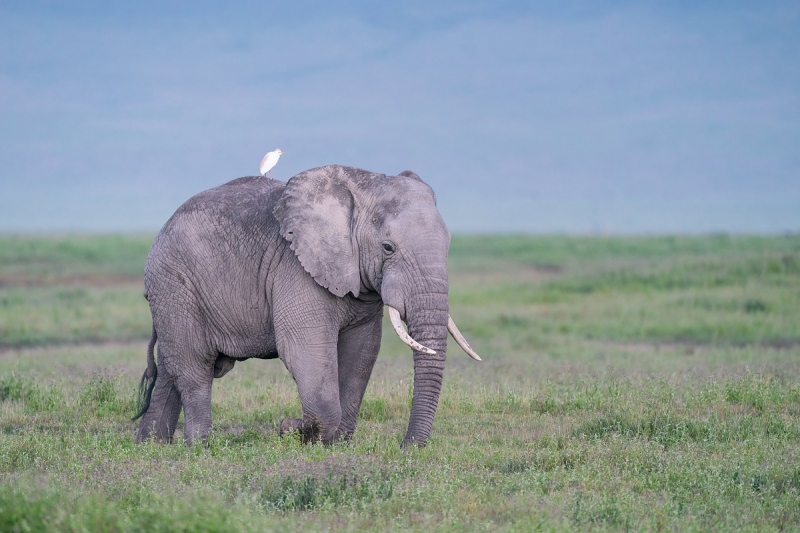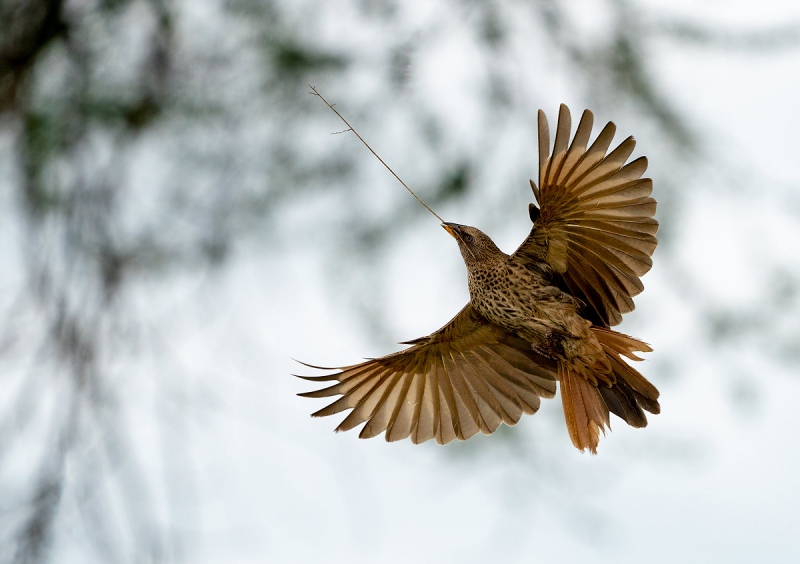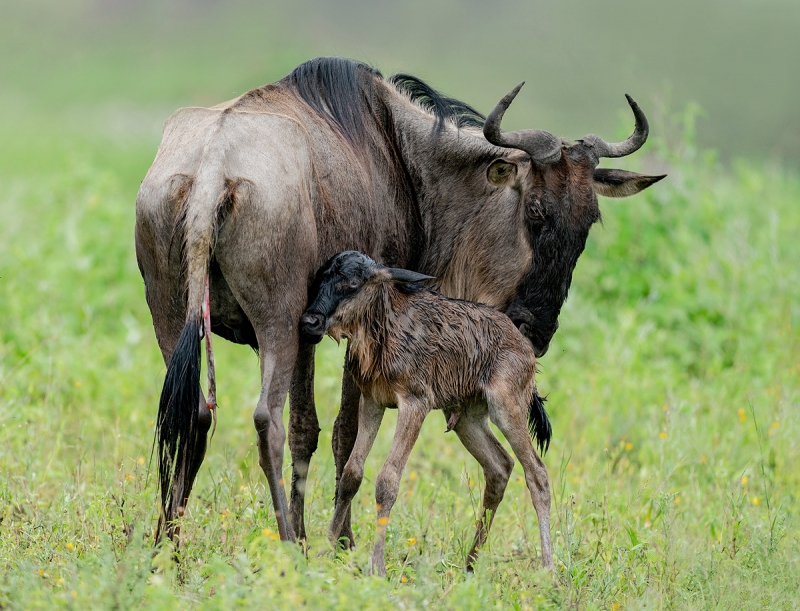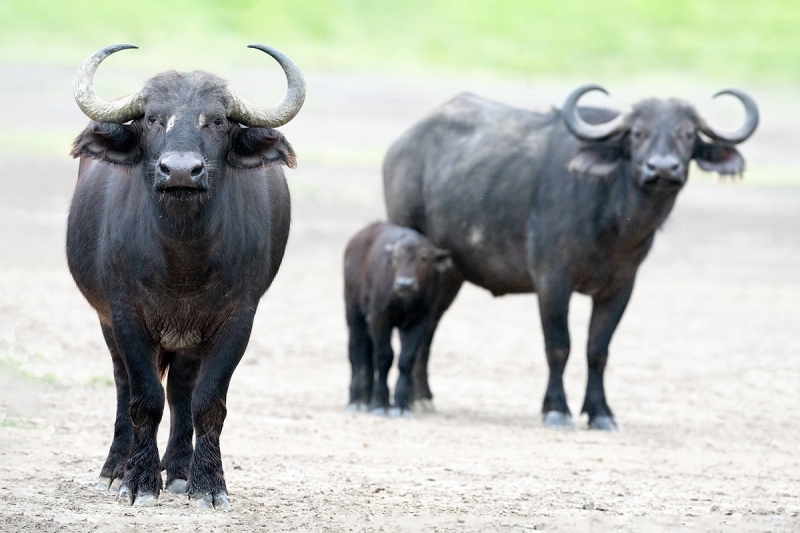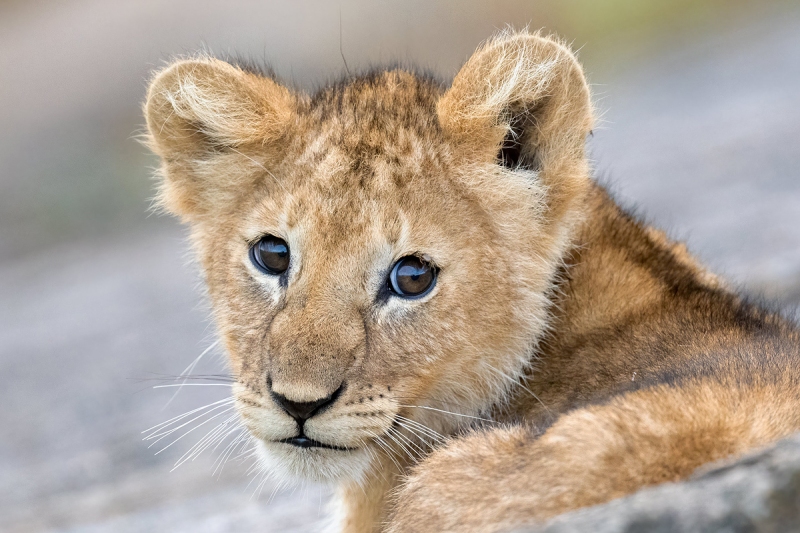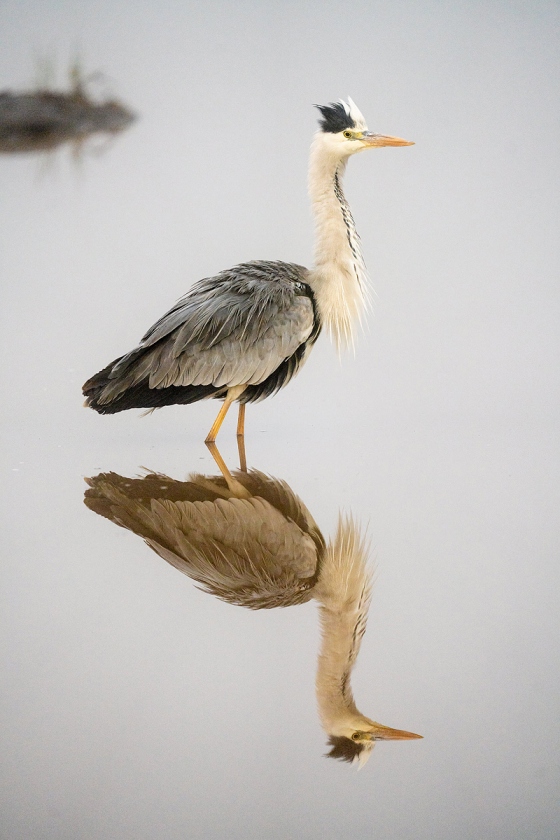June 27th, 2021 Your Favorite?
Please leave a comment letting us know which of today’s three featured images you like best, and why you made your choice.
What’ Up?
It is 11:30am on Sunday 27 June 2021. Clemens Van der Werf and I are headed up to Jacksonville Florida for the Mini-IPT. We are both excited. Wherever you are, and whatever you are doing, I hope that you too have a great day.
This blog post took about an hour to prepare and makes 182 consecutive days with a new one. Please remember that if an item — a Delkin flash card, or a tripod head — for example, that is available from B&H and/or Bedfords and is also available in the BAA Online Store, it would be great if you opt to purchase from us. We will match any price. Please remember also to use my B&H affiliate links or to save 3% at Bedfords by using the BIRDSASART discount code at checkout. Doing either often earns you free guides and/or discounts. And doing so always earns my great appreciation.
Please Remember
With income from IPTs now close to zero, please, if you enjoy and learn from the blog, remember to use one of my two affiliate programs when purchasing new gear. Doing so just might make it possible for me to avoid having to try to get a job as a Walmart greeter and will not cost you a single penny more. And if you use Bedfords and remember to enter the BIRDSASART code at checkout, you will save 3% on every order and enjoy free second-day air shipping. In these crazy times — I am out at least forty to sixty thousand dollars so far due to COVID 19 (with lots more to come) — remembering to use my B&H link or to shop at Bedfords will help me out a ton and be greatly appreciated. Overseas folks who cannot order from the US because of import fees, duties, and taxes, are invited to help out by clicking here to leave a blog thank you gift if they see fit.
New and Better Bedfords Discount Policy!
You can now save 3% on all of your Bedfords photo gear purchases by entering the BIRDSASART coupon code at checkout. Your discount will be applied to your pre-tax total. In addition, by using the code you will get 2nd day air shipping via Fed Ex.
Grab a Nikon AF-S Teleconverter TC-14E III and save $14.99. Purchase a Canon EOS R5 and your discount will be $116.97. Purchase a Sony FE 600mm f/4 GM OSS lens and save a remarkable $389.94! Your Bedford’s purchase no longer needs to be greater than $1,000.00 for you to receive a discount. The more you spend, the more you save.
Money Saving Reminder
Many have learned that if you need a hot photo item that is out of stock at B&H and would enjoy free second-day air shipping, your best bet is to click here, place an order with Bedfords, and enter the coupon code BIRDSASART at checkout. If an item is out of stock, contact Steve Elkins via e-mail or on his cell phone at (479) 381-2592 (Central time). Be sure to mention the BIRDSASART coupon code and use it for your online order to save 3% and enjoy free 2nd-day air shipping. Steve has been great at getting folks the hot items that are out of stock at B&H and everywhere else. The wait lists at the big stores can be a year or longer for the hard to get items. Steve will surely get you your gear long before that. For the past year, he has been helping BAA Blog folks get their hands on items like the SONY a9 ii, the SONY 200-600 G OSS lens, the Canon EOS R5, the Canon RF 100-500mm lens, and the Nikon 500mm PF. Steve is personable, helpful, and eager to please.


Gear Questions and Advice
Too many folks attending BAA IPTs (remember those?) and dozens of photographers whom I see in the field and on BPN, are–out of ignorance–using the wrong gear especially when it comes to tripods and more especially, tripod heads… Please know that I am always glad to answer your gear questions via e-mail
|
|
|
Click on the screen capture to enlarge.
Image #1: Photo Mechanic screen capture of 28 juvenile Black-crowned Night-Heron head shots
|
800+ Images of a Single Bird
Late on the cloudy afternoon of 28 May I created more than 800 images of this handsome young night-heron. I had photographed the same bird– just out of the nest — about ten days before. The last time I had photographed a juvie BCNH was on film at Big John’s Pond at Jamaica Bay Wildlife Refuge in Queens, NY probably in the late 1980s. Anyhoo, I made a zillion head portraits and kept 28. I still have no clue which of those above is the strongest. When I was going through the MAY 2021 folder, it was the different images that jumped out at me. BTW, I still need to do a final edit on that folder …
Right Down the Barrel?
Though this bird is not quite looking right down the lens barrel, images like this one, where we can see both eyes in sharp focus, can often be quite appealing. As long as the eyes are razor sharp, it does not bother me at all the distal end of the bill is softly focused, well beyond the depth-of-field. At 840mm, no aperture would provide enough d-o-f to render the entire bill sharp.
|
|
|
This image was created on 28 May 2021 at a rookery in North Tampa. While seated, I used the hand held Sony FE 200-600mm f/5.6-6.3 G OSS lens (at 326mm) and The One, the Sony Alpha 1 Mirrorless digital camera. ISO 2000. Exposure determined via Zebras with ISO on the rear dial: 1/500 sec. at f/6.3 (wide open) in Manual mode. AWB at 6:51 pm on a very cloudy afternoon.
Wide/AF-C was active at the moment of exposure and performed perfectly. Click on the image to see a larger version.
Image #3: Black-crowned Night Heron juvenile catching dead fish
|
Practice Fishing
This young bird was not venturing more than a few dozen yards away from its nest in the bushes on the nearby rookery island. It would come into the shallowest part of the pond to practice fishing. Here, it is in the process of catching a small, very dead fish. It promptly swallowed the its “prey” and looked quite happy with its accomplishment.
The diet of this species is quite varied and consists mostly of fish. In addition they will partake of crustaceans, aquatic insects, frogs, snakes, clams, mussels, rodents, and carrion. At times, they will feast on eggs and young birds, and can cause big problems in tern colonies. At Great Gull Island, NY, they shot a Black-crowned Night Heron; it had 27 Common Tern chicks in its stomach!
|
|
|
This image was created on 28 May 2021 at a rookery in North Tampa. While seated, I used the hand held Sony FE 200-600mm f/5.6-6.3 G OSS lens (at 600mm) and The One, the Sony Alpha 1 Mirrorless digital camera. ISO 3200. Exposure determined via Zebras with ISO on the rear dial: 1/500 sec. at f/6.3 (wide open) in Manual mode. AWB at 6:55 pm on a very cloudy afternoon.
Wide/AF-C was active at the moment of exposure and performed perfectly.
Image #4: Black-crowned Night Heron juvenile hunting in the rocks
|
The Rocky Point
At the southern end of the rookery pond, there was a small point surrounded by a small barrier of rocks –limestone, I think. Many of the young birds would land on the rocks and hang out for a while. I made this image as the very tame bird looked for tidbits near the rocks.
Typos
With all blog posts, feel free to e-mail or to leave a comment regarding any typos or errors.
June 26th, 2021 Your Favorite?
Please leave a comment letting us know which of today’s two featured images you like best, and why you made your choice.
What’s Up?
I took another morning off from photography on Friday; I got lots of work done, but don’t ask me what I got accomplished. Since my 75th birthday 10 days ago, I have rededicated myself to being more active. I had been doing my bursts and swimming a half-mile most every day. I’ve added a 1 1/2 mile walk and have gotten back to doing the Dr. Eric Goodman Founder Exercises (12 minutes here). If you, like most of us (including and especially me), have been living in the box for several decades — sitting, on the computer, sitting, driving, sitting — you know the drill, you might want to learn a bit more about Eric Goodman here.
My favorite-by-far Anita North African image is #4: Yellow-billed Storks Allopreening. Next up for me would be Image #1: Elephant Contortions. Followed by several others including Image #3: Weaver at Nest, Image #7: Newborn Wildebeest Calf With Mother, and Image #8: Cape Buffalo Adults/Calf Juxtaposition. And several others are not bad either!
Today is Saturday 25 June 2021 and I will likely be staying in to get ready for my trip to Jacksonville tomorrow for the Mini-IPT. Wherever you are, and whatever you are doing, I hope that you too have a great day.
This blog post took about an hour to prepare and makes 182 consecutive days with a new one. Please remember that if an item — a Delkin flash card, or a tripod head — for example, that is available from B&H and/or Bedfords and is also available in the BAA Online Store, it would be great if you opt to purchase from us. We will match any price. Please remember also to use my B&H affiliate links or to save 3% at Bedfords by using the BIRDSASART discount code at checkout. Doing either often earns you free guides and/or discounts. And doing so always earns my great appreciation.
Please Remember
With income from IPTs now close to zero, please, if you enjoy and learn from the blog, remember to use one of my two affiliate programs when purchasing new gear. Doing so just might make it possible for me to avoid having to try to get a job as a Walmart greeter and will not cost you a single penny more. And if you use Bedfords and remember to enter the BIRDSASART code at checkout, you will save 3% on every order and enjoy free second-day air shipping. In these crazy times — I am out at least forty to sixty thousand dollars so far due to COVID 19 (with lots more to come) — remembering to use my B&H link or to shop at Bedfords will help me out a ton and be greatly appreciated. Overseas folks who cannot order from the US because of import fees, duties, and taxes, are invited to help out by clicking here to leave a blog thank you gift if they see fit.
New and Better Bedfords Discount Policy!
You can now save 3% on all of your Bedfords photo gear purchases by entering the BIRDSASART coupon code at checkout. Your discount will be applied to your pre-tax total. In addition, by using the code you will get 2nd day air shipping via Fed Ex.
Grab a Nikon AF-S Teleconverter TC-14E III and save $14.99. Purchase a Canon EOS R5 and your discount will be $116.97. Purchase a Sony FE 600mm f/4 GM OSS lens and save a remarkable $389.94! Your Bedford’s purchase no longer needs to be greater than $1,000.00 for you to receive a discount. The more you spend, the more you save.
Money Saving Reminder
Many have learned that if you need a hot photo item that is out of stock at B&H and would enjoy free second-day air shipping, your best bet is to click here, place an order with Bedfords, and enter the coupon code BIRDSASART at checkout. If an item is out of stock, contact Steve Elkins via e-mail or on his cell phone at (479) 381-2592 (Central time). Be sure to mention the BIRDSASART coupon code and use it for your online order to save 3% and enjoy free 2nd-day air shipping. Steve has been great at getting folks the hot items that are out of stock at B&H and everywhere else. The wait lists at the big stores can be a year or longer for the hard to get items. Steve will surely get you your gear long before that. For the past year, he has been helping BAA Blog folks get their hands on items like the SONY a9 ii, the SONY 200-600 G OSS lens, the Canon EOS R5, the Canon RF 100-500mm lens, and the Nikon 500mm PF. Steve is personable, helpful, and eager to please.


Gear Questions and Advice
Too many folks attending BAA IPTs (remember those?) and dozens of photographers whom I see in the field and on BPN, are–out of ignorance–using the wrong gear especially when it comes to tripods and more especially, tripod heads… Please know that I am always glad to answer your gear questions via e-mail
Commelina erecta
This flower is not hard to find in Central Florida. It is known as White-mouth Dayflower, Slender Dayflower, or Widow’s Tears. I am blessed to have them blooming profusely in my yard in late spring and early summer each year. Until doing a bit of research for this blog post, I never realized that the flowers in my yard bloom for only one day. Each low-growing plant, however, produces a succession of flowers that keep them blooming for many weeks.
Depth-of-Field Question
Why does Image #1 (made at f/9), have as much d-o-f then Image #2 (made at f/16)?
Manual Focus with Focus Magnifier and Focus Peaking
All of the high-end SONY mirrorless camera bodies offer these features. If you do macro, using them properly in combination, is both efficient and fun. After activating Focus Magnifier (as detailed in SONY Alpha a1 Set-up and Info Notes #16), you frame the shot — always working on a tripod. While focusing manually, the areas or sharp focus will be overlaid by the peaking color of your choice. As you turn the focusing ring, you will see the focus peaking move from front to back or back to front across the image. Then you can magnify the image in two steps to ensure critically sharp focus exactly where you want it.
SONY Alpha a1 Set-up and Info Group
The SONY Alpha a1 Set-up and Info Group is going great guns as more and more folks chime in with thoughtful questions and experience-based answers. As the a1 is becoming more readily available, more and more folks are getting their hands on this amazing body. With two folks joining yesterday, we are now up to an astounding 62 blessed photographers! Early on, we discussed the myriad AF options. I gave my opinion as to the best one for flight and general bird photography. More recently, we have been in contact with folks at SONY sharing our thoughts, experiences, and frustrations with the EVF blackout problem.
All who purchased their Alpha a1 bodies via a BAA affiliate link will receive a free subscription to the Sony Alpha a1 Set-Up and Info Updates after shooting me their receipts via e-mail. (Note: it may take me several days to confirm B&H orders.) This same service may be purchased by anyone with an a1 body via a $150.00 PayPal sent to birdsasart@verizon.net indicating payment for Alpha a1 Info Updates. Alternatively, folks can call Jim weekdays at 1-863-692-0906 to pay via credit card. New members will receive composite e-mails that summarize all previous discussions.
|
|
Image #2A: Topaz DeNoise on the Large-in-the-frame White-mouth Dayflower — Commelina erecta
|
Topaz DeNoise
Be sure to click on the screen capture to see the complete elimination of noise in the after image on our right. And note that if anything, the fine details are sharper than in the original.
As regular readers know, I run DeNoise on virtually every image that I process immediately after executing the crop with the Delete Cropped Pixels box checked. For images made in sunny conditions, I used Standard. For images made in low light, I use Low Light. You can check all four methods by using the Comparison View but I rarely do that any more as I am confident as noted above.
Great Topaz News!
Folks who use the BAA Topaz link to purchase Sharpen AI, DeNoise AI, or the Utility Bundle (or any other Topaz plug-ins), will receive a 15% discount by entering the ARTHUR15 code at checkout. If the stuff is on sale (as it usually is), you save 15% off of the sale price! To get the discount you must use my link and you must enter the discount code. Be sure to start with this link.
Those who purchase Sharpen AI, DeNoise AI, or any other Topaz plug-ins using my link and then entering the ARTHUR15 code at checkout can e-mail to request a short Getting Started with Topaz e-Guide. Please include a copy of your Topaz receipt that shows the discount. Aside from the basics, the guide explains how to install the plug-ins so that they appear in the Photoshop Filter Menu.
Typos
With all blog posts, feel free to e-mail or to leave a comment regarding any typos or errors.
June 25th, 2021 The Best Three?
Please leave a comment letting us know which three images you think are the strongest, and why you made your choices. Thanks to Anita North for allowing me to share her fine images with you here on the blog.
Anita’s African Gear Bag
Sony Alpha a7R IV Mirrorless Digital Camera (Body Only)
Sony Alpha a9 II Mirrorless Digital Camera (Body Only)
Sony FE 600mm f/4 GM OSS lens
Sony FE 200-600mm f/5.6-6.3 G OSS lens
Sony FE 100-400mm f/4.5-5.6 GM OSS lens
FE 70-200mm f/2.8 GM OSS lens
Sony FE 24-105mm f/4 lens
Sony FE 1.4x Teleconverter
Sony FE 2.0x Teleconverter
On her upcoming August trip, the Sony Alpha 1 Mirrorless Digital camera body will be replacing her a9 ii. She will also have the Sony FE 12-24mm f/2.8 GM lens along.
Please join me in wishing her another great trip to the Dark Continent.
What’s Up?
Thursday dawned mostly clear and sunny in great contrast with the forecast. I tried some flowers early on and wound up deleting all of those. Then I drove down to the lake to check on the three crane families. All five colts were fine and dandy. I made and kept a few images of the smallest set of colts and made and kept a few of the oldest, largest colt now getting some pink feathers for its cap.
I was home early and finished and sent e-mail #18 to the Sony Alpha a1 Info and Updates group: AF with Two Birds and Odds and Ends. Today I need to follow up on questions and responses. I did my bursts and my founder exercises and between thunderstorms, I got in my swim and my walk. I was pleased to learn of the sale of Bug Bob Allen’s Canon 5D Mark IV at the full asking price $1549.00 soon after it was listed.
I spent several hours starting work on an On-line Traffic School course to avoid having the points for my fairly recent speeding ticket on my license. You gotta love that!
Continuing to recognize that one of the very best ways to improve your own photography is to look at as much good or great photography as possible, I share ten of Anita North’s best image from her Tanzania trip in 2020. She loves Africa, and will be returning soon to photograph the great migration. And lots more.
Today is 25 June 2021. It is a cloudy-day at 6:50am and I have a ton to do to get ready for my trip to Jacksonville for the Mini-IPT so I will likely be staying in this morning. Likely … Wherever you are, and whatever you are doing, I hope that you too have a great day.
This blog post took more than an hour to prepare and makes 181 consecutive days with a new one. Please remember that if an item — a Delkin flash card, or a tripod head — for example, that is available from B&H and/or Bedfords and is also available in the BAA Online Store, it would be great if you opt to purchase from us. We will match any price. Please remember also to use my B&H affiliate links or to save 3% at Bedfords by using the BIRDSASART discount code at checkout. Doing either often earns you free guides and/or discounts. And doing so always earns my great appreciation.
Please Remember
With income from IPTs now close to zero, please, if you enjoy and learn from the blog, remember to use one of my two affiliate programs when purchasing new gear. Doing so just might make it possible for me to avoid having to try to get a job as a Walmart greeter and will not cost you a single penny more. And if you use Bedfords and remember to enter the BIRDSASART code at checkout, you will save 3% on every order and enjoy free second-day air shipping. In these crazy times — I am out at least forty to sixty thousand dollars so far due to COVID 19 (with lots more to come) — remembering to use my B&H link or to shop at Bedfords will help me out a ton and be greatly appreciated. Overseas folks who cannot order from the US because of import fees, duties, and taxes, are invited to help out by clicking here to leave a blog thank you gift if they see fit.
New and Better Bedfords Discount Policy!
You can now save 3% on all of your Bedfords photo gear purchases by entering the BIRDSASART coupon code at checkout. Your discount will be applied to your pre-tax total. In addition, by using the code you will get 2nd day air shipping via Fed Ex.
Grab a Nikon AF-S Teleconverter TC-14E III and save $14.99. Purchase a Canon EOS R5 and your discount will be $116.97. Purchase a Sony FE 600mm f/4 GM OSS lens and save a remarkable $389.94! Your Bedford’s purchase no longer needs to be greater than $1,000.00 for you to receive a discount. The more you spend, the more you save.
Money Saving Reminder
Many have learned that if you need a hot photo item that is out of stock at B&H and would enjoy free second-day air shipping, your best bet is to click here, place an order with Bedfords, and enter the coupon code BIRDSASART at checkout. If an item is out of stock, contact Steve Elkins via e-mail or on his cell phone at (479) 381-2592 (Central time). Be sure to mention the BIRDSASART coupon code and use it for your online order to save 3% and enjoy free 2nd-day air shipping. Steve has been great at getting folks the hot items that are out of stock at B&H and everywhere else. The wait lists at the big stores can be a year or longer for the hard to get items. Steve will surely get you your gear long before that. For the past year, he has been helping BAA Blog folks get their hands on items like the SONY a9 ii, the SONY 200-600 G OSS lens, the Canon EOS R5, the Canon RF 100-500mm lens, and the Nikon 500mm PF. Steve is personable, helpful, and eager to please.


Gear Questions and Advice
Too many folks attending BAA IPTs (remember those?) and dozens of photographers whom I see in the field and on BPN, are–out of ignorance–using the wrong gear especially when it comes to tripods and more especially, tripod heads… Please know that I am always glad to answer your gear questions via e-mail
|
|
|
This image was created somewhere in Africa in 2020 by Anita North. She used SONY gear. Click on the image to see a larger, inexplicably sharper version.
Image #1: Elephant Contortions
Image courtesy of and Copyright 2021 Anita North
|
|
|
|
This image was created somewhere in Tanzania in 2020 by Anita North. She used SONY gear. Click on the image to see a larger, inexplicably sharper version.
Image #2: Zebra Colt Running Thru Muddy Water
Image courtesy of and Copyright 2021 Anita North
|
|
|
|
This image was created somewhere in Tanzania in 2020 by Anita North. She used SONY gear. Click on the image to see a larger, inexplicably sharper version.
Image #3: Weaver at Nest
Image courtesy of and Copyright 2021 Anita North
|
|
|
|
This image was created somewhere in Tanzania in 2020 by Anita North. She used SONY gear. Click on the image to see a larger, inexplicably sharper version.
Image #4: Yellow-billed Storks Allopreening
Image courtesy of and Copyright 2021 Anita North
|
|
|
|
This image was created somewhere in Tanzania in 2020 by Anita North. She used SONY gear. Click on the image to see a larger, inexplicably sharper version.
Image #5: Cattle Egret on Elephant
Image courtesy of and Copyright 2021 Anita North
|
|
|
|
This image was created somewhere in Tanzania in 2020 by Anita North. She used SONY gear. Click on the image to see a larger, inexplicably sharper version.
Image #6: Weaver (??) with Thin Stick for Nest
Image courtesy of and Copyright 2021 Anita North
|
|
|
|
This image was created somewhere in Tanzania in 2020 by Anita North. She used SONY gear. Click on the image to see a larger, inexplicably sharper version.
Image #7: Newborn Wildebeest Calf With Mother
Image courtesy of and Copyright 2021 Anita North
|
|
|
|
This image was created somewhere in Tanzania in 2020 by Anita North. She used SONY gear. Click on the image to see a larger, inexplicably sharper version.
Image #8: Cape Buffalo Adults/Calf Juxtaposition
Image courtesy of and Copyright 2021 Anita North
|
|
|
|
This image was created somewhere in Tanzania in 2020 by Anita North. She used SONY gear. Click on the image to see a larger, inexplicably sharper version.
Image #9: Lion Cub Head Portrait
Image courtesy of and Copyright 2021 Anita North
|
|
|
|
This image was created somewhere in Tanzania in 2020 by Anita North. She used SONY gear. Click on the image to see an inexplicably sharper version.
Image #10: Grey Heron
Image courtesy of and Copyright 2021 Anita North
|
Typos
With all blog posts, feel free to e-mail or to leave a comment regarding any typos or errors.
|
|




